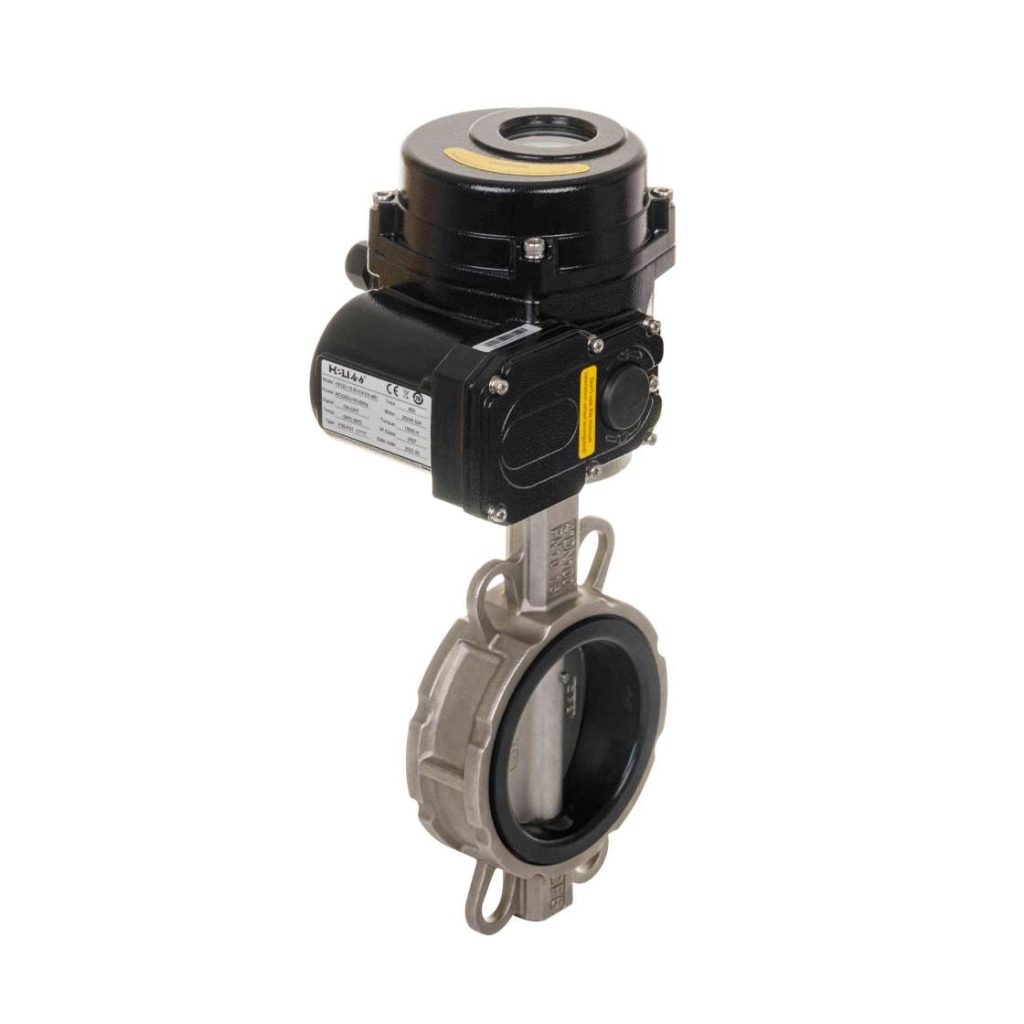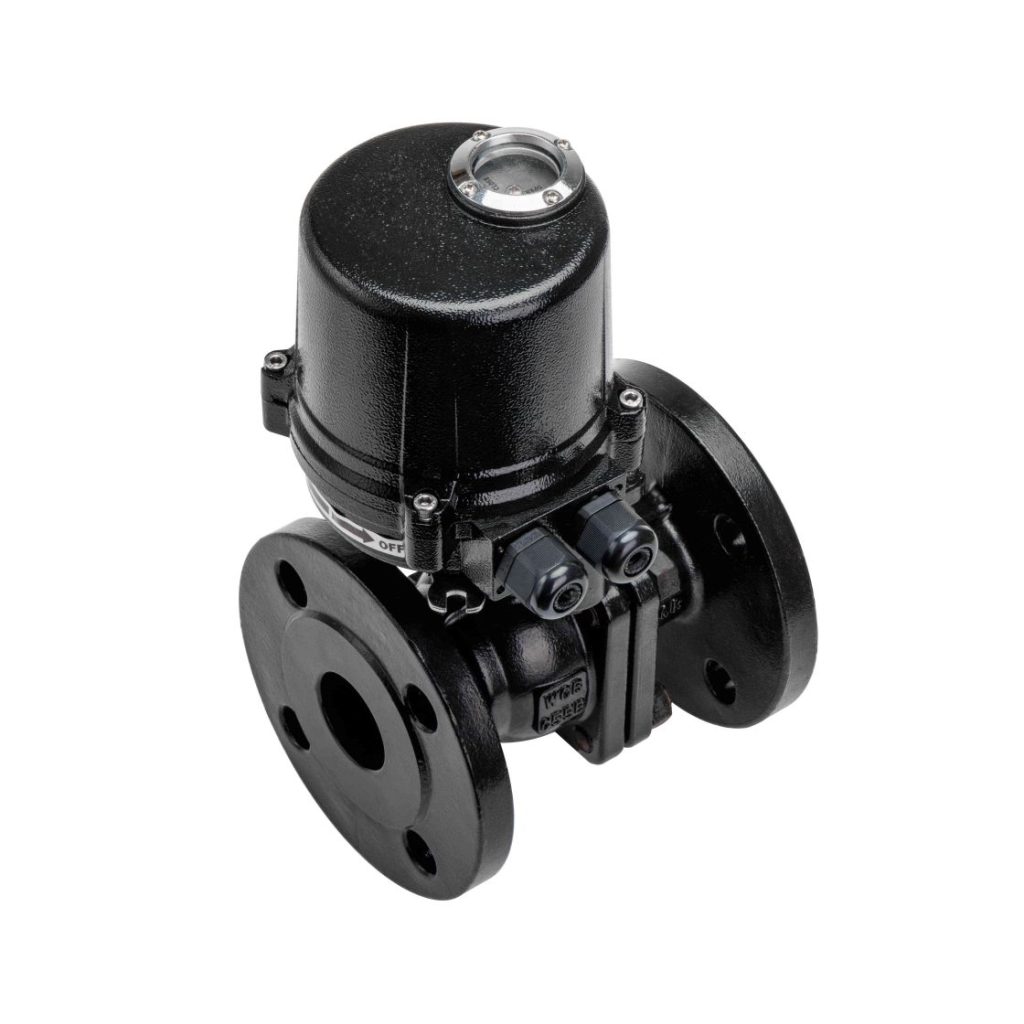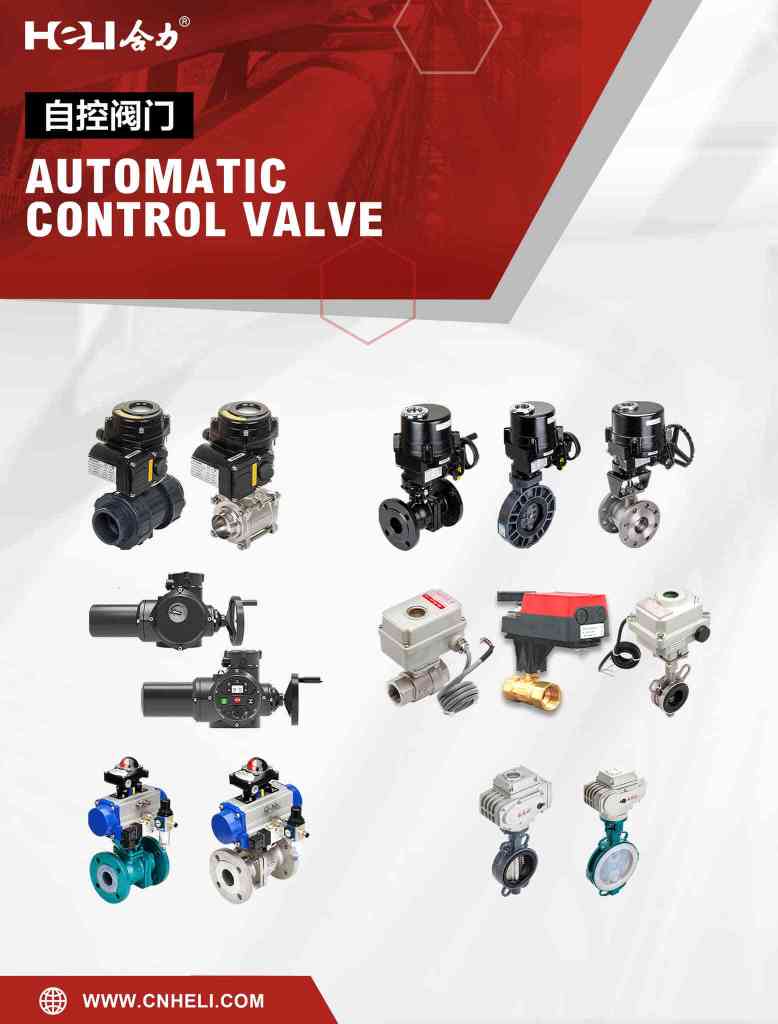Electric valves are an essential component in modern automation and control systems. These valves are designed to regulate the flow of liquids, gases, or slurries within pipes or ducts by using electrical signals to operate them. Unlike traditional manual valves, electric valves operate automatically, making them an ideal solution for applications requiring precision, efficiency, and remote control.

Key Features of Electric Valves

Electric valves come in various designs, sizes, and functionalities, but they all share one key feature: the use of electrical energy to control their opening and closing mechanism. The typical electric valve consists of a valve body, actuator, and control unit. The actuator, powered by an electric motor, is responsible for adjusting the valve position based on signals it receives from a controller. The controller can be a simple switch or part of a more sophisticated system, such as a programmable logic controller (PLC). Electric valves often have a wide range of adjustability, allowing them to modulate the flow continuously or open and close fully. This adaptability makes them versatile and suitable for applications where precise control of flow is critical. Additionally, electric valves can be equipped with various sensors, such as pressure, temperature, or flow sensors, enabling them to provide real-time feedback on system conditions.
